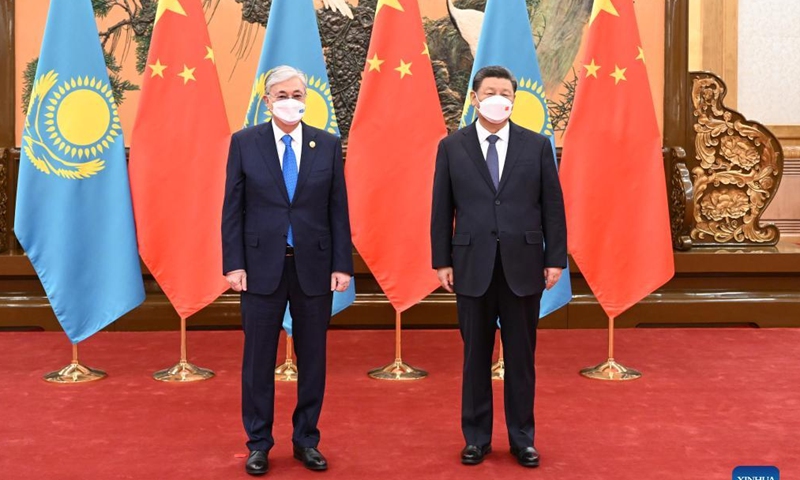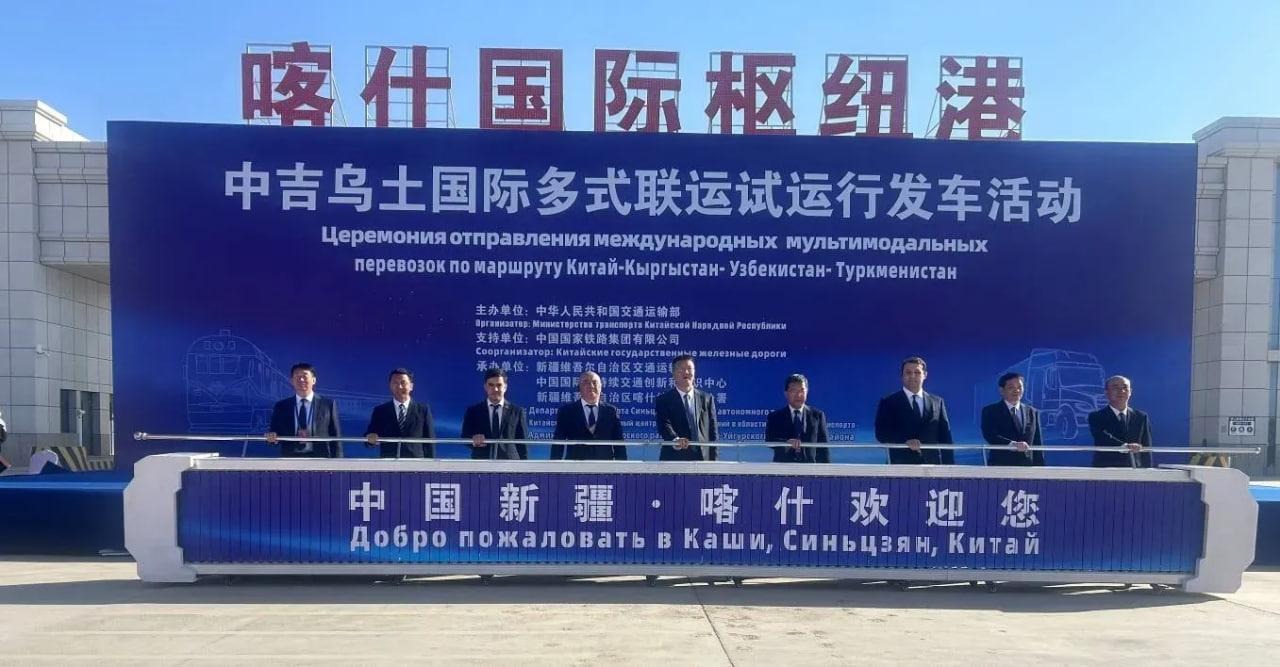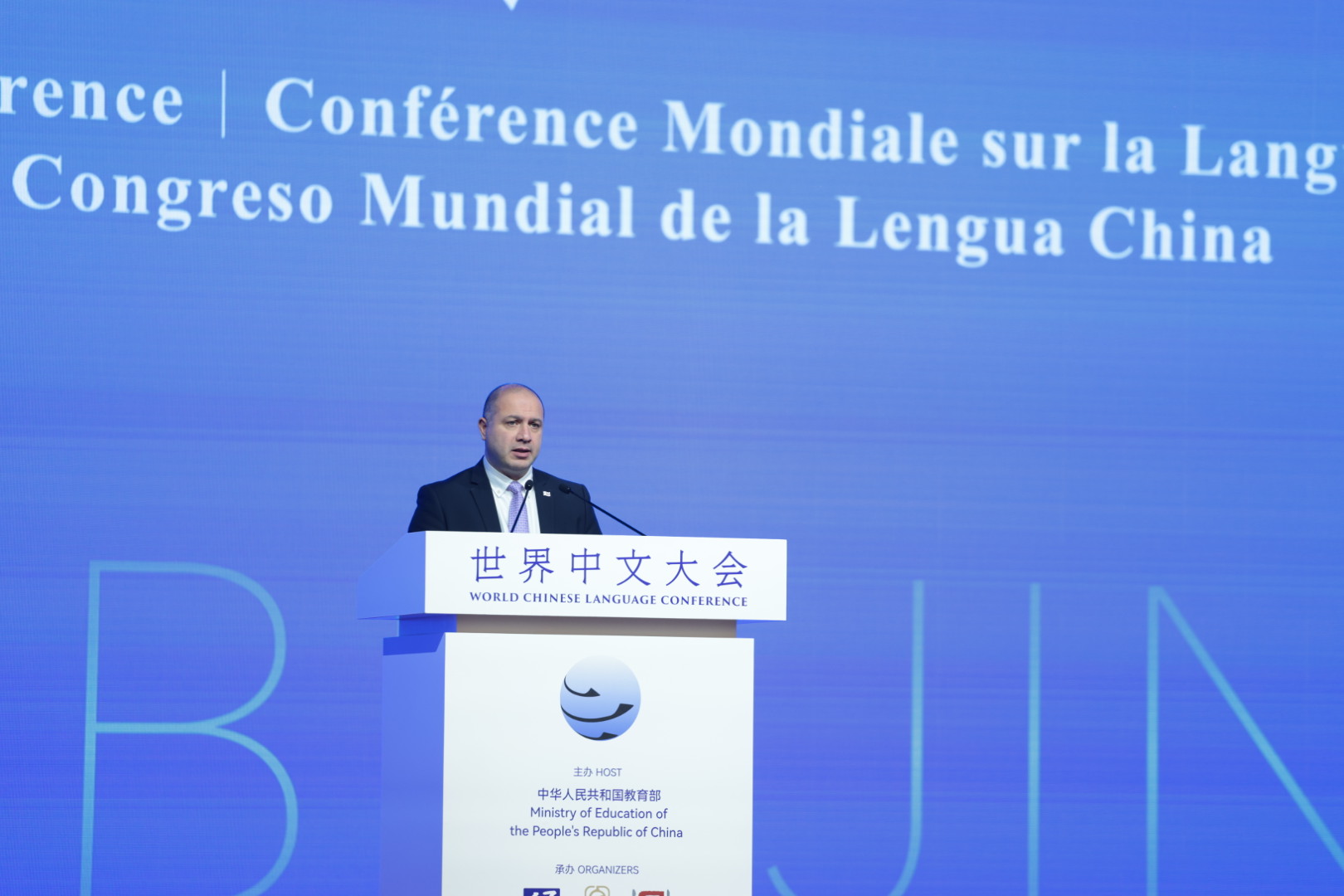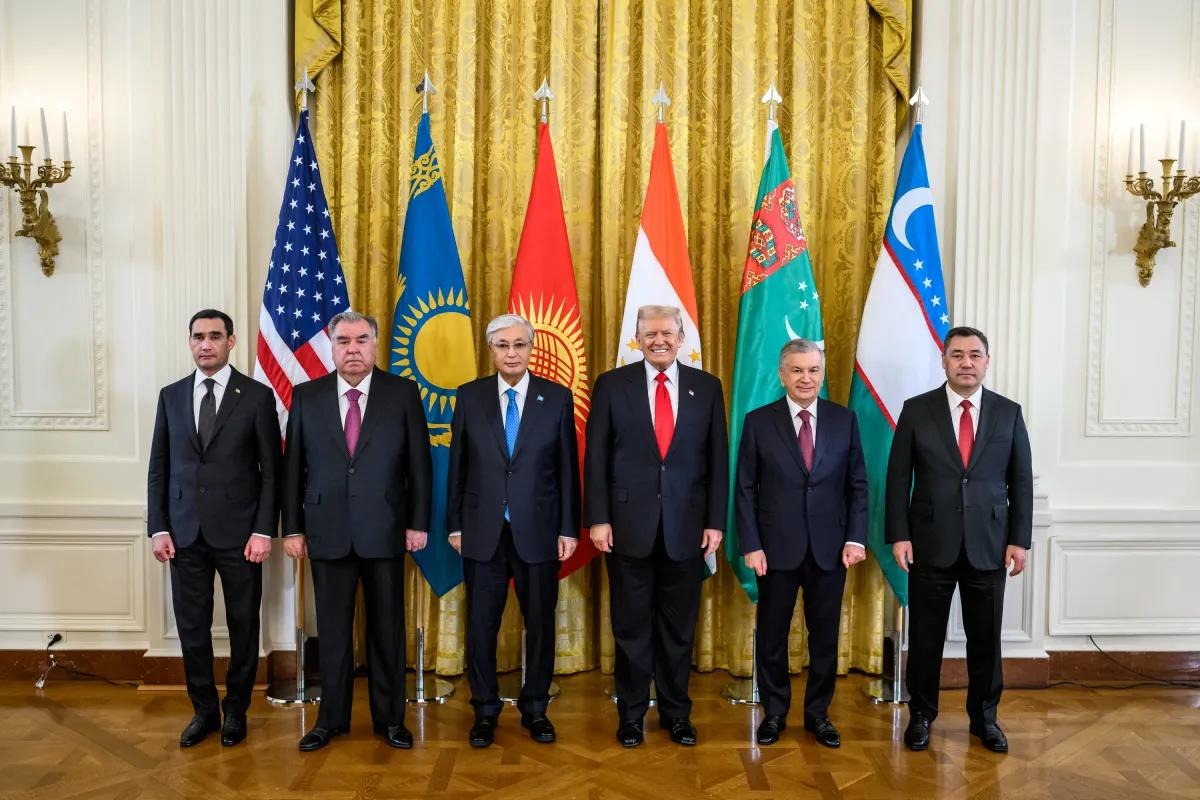
China’s Debt-Trap Diplomacy and Central Asia
China’s Debt-Trap Diplomacy and Central Asia
On January 25, China and Central Asia celebrated 30 years of diplomatic relations. In his speech, Chinese President Xi Jinping pledged $500 million in grants for socially important projects in the region over the next three years (Fergana.ru, January 26, 2022). The aid was announced to sweeten the otherwise gloomy picture of Central Asia’s growing debt to China and the lack of clear plans of its repayment. President Sadyr Zhaparov of Kyrgyzstan warned that a number of infrastructure facilities would be transferred to China should the country be unable to repay loans to Beijing’s Exim Bank (Kloop.kg, January 1, 2022).
Kyrgyzstan’s predicament is a direct result of its participation in the Belt and Road Initiative (BRI), launched in 2013 by President Xi, who touted it as a win-win project for infrastructural and economic development of China and the participant countries. Since then, its debt to China has increased by 22 percent: if in 2008 it was only $10 million, today it is $4 billion and counting. Tajikistan finds itself in a similar situation. Almost half of its sovereign debt, which amounts to over 27 percent of its GDP, is owed to China. For Kyrgyzstan, these numbers are 45 percent and over 30 percent, correspondingly (Kun.uz, September 15, 2020). Unlike Kazakhstan, Turkmenistan, and Uzbekistan, Kyrgyzstan and Tajikistan have less diversified and resource-rich economies and, thus, lack collateralizable assets to secure loans. Hence, most of the loans China has extended them are sovereign loans—i.e., direct loans to the government, whose repayment the latter guaranties regardless of the project’s profitability.
The other Central Asian states are in a better position. Their sovereign debt to China is minimal: in all three, it is no more than 2 percent of GDP, and loan repayments are collateralized with the proceeds from sales of oil, natural gas, and other resources to China. The three largest Central Asian states have also incurred what is known as “hidden debts”—loans contracted by state-owned enterprises, banks, etc. without explicit host government guarantees. These loans amount to 16 percent of GDP in Kazakhstan, 23 percent in Turkmenistan, and 9 percent in Uzbekistan. However, their repayment is directly tied to the profitability of the respective project as it is made exclusively with the cash flow generated by the asset. Thus, the terms of these loans do not pose a threat to their economies or national sovereignty.
Excessive reliance on Beijing’s largesse has forced Bishkek and Dushanbe to accept Beijing’s terms, which explicitly exclude transparency of the loan terms and sometimes even hide the very fact of the loan issuance (Rus.azattyq.org, April 23, 2021). As a result, many of the projects financed by these loans are viewed as corrupt. Kyrgyzstan is among the top ten countries with “BRI”-branded infrastructure projects (four projects worth $1,055 billion) that are mired in scandals and controversies.
Bishkek and Dushanbe are in no position to protest, unlike Kazakhstan, where President Kassym-Jomart Tokayev suspended the Astana Light Rail Project in 2019. The project, which turned out to be one such corrupt deal as described above, was bankrolled by a $1.5 billion loan from the China Development Bank and backed by a sovereign guarantee (Rus.azattyq.org, October 5, 2021).
To sweeten the terms of its economic engagement with the BRI participants, Beijing offers generous grants. These grants, however, are mostly earmarked not for revenue-generating projects but for status and symbolic projects, to cement diplomatic ties and political alliances. In 2017, as an example, Beijing provided Dushanbe with a more than $200 million grant for the construction of the Government Complex and Parliamentary Complex (TRT World, July 19, 2017).
At this point, Kyrgyzstan and Tajikistan are in no position to confront China, reject non-viable projects, or prevent the further slide into a debt trap. But as a result, they face only two realistic options when it comes to repaying their Chinese loans. First, there is restructuring and rescheduling the debt, which both countries have already repeatedly pursued (Kloop.kg, October 4, 2021; Rus.ozodi.org, January 2, 2021). That however would provide only short-term relief and lead to the repayment of a substantially bigger sum over the lifetime of a loan. Besides, Beijing is unlikely to extend the repayment of the loans indefinitely. Second, there is the Sri Lanka scenario—i.e., defaulting on the debt and losing control of a major economic asset—which in Colombo’s case was a major port.
Given the state of the economy in Kyrgyzstan and Tajikistan, the second option looks more realistic and poses a direct threat to the other three Central Asian states. The only undeniable asset Kyrgyzstan and Tajikistan have that could be of value for Beijing is their water resources and hydropower-based energy. By virtue of geography, Kyrgyzstan and Tajikistan are upstream countries and control water resources of the three downstream republics—Kazakhstan, Turkmenistan, and Uzbekistan. Should Bishkek or Dushanbe default on their ever-growing debt, which is not unlikely, as attested by President Zhaparov (see above), Beijing could demand the transfer of their water resources and hydropower stations under its control.
That would have several negative consequences, especially if one considers the existing pattern of water usage in China; its growing water needs for the development of the Xinjiang province; long-standing water dispute with Kazakhstan (see China Brief, May 16, 2007; see EDM, March 30, 2021); and the fact that Chins is not a signatory to the 1997 United Nations Convention on the Law of the Non-Navigational Uses of International Watercourses. First, discord is likely to grow across the region, which has known no shortage of water disputes and even armed conflicts over water resources (Fergana.ru, April 27, 2021). Second, as a result, any prospects for regional economic cooperation and integration, which had picked up in recent years, will be undercut. Third, China would obtain even greater leverage over the downstream Central Asian states and be able to bring the entire region ever closer into Beijing’s geopolitical order. Thus, the BRI initiative looks increasingly less a win-win proposition and more like a threat to the sovereignty and economic prosperity of the Central Asian states.


